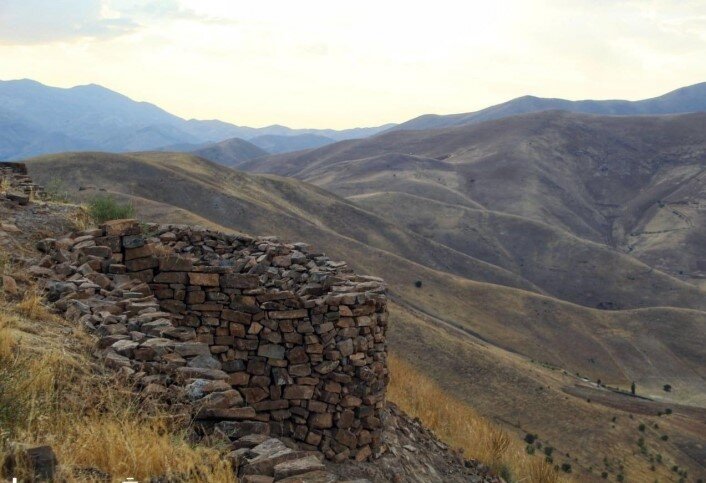Restoration to begin on ancient castle in western Iran

TEHRAN – The ancient castle of Hassan-Abad in the western province of Kordestan is scheduled to be revived and restored in near future, the provincial tourism chief has said.
The castle, which is estimated to date back to the Parthian era (247 BC – 224 CE) and the Sassanid era (224 CE–651), is one of the magnificent tourist attractions of the province, Yaqub Guylian announced on Saturday.
The fortification was built to protect the residents of the nearby city and included residential houses as well as military equipment to help defend the city against invaders, the official added.
Aside from the high wall of the castle, it also has three guard towers, each of which is 400 meters away from the main fence of the fortress, he explained.
He also noted that the castle is only accessed through a southern part of the hill it sits on, and it is difficult to reach the castle.
From very early history to modern times, defensive walls have often been necessary for cities to survive in an ever-changing world of invasion and conquest.
Fortifications in antiquity were designed primarily to defeat attempts at the escalade, and to the defense of territories in warfare, and were also used to solidify rule in a region during peacetime.
Uruk in ancient Sumer (Mesopotamia) is one of the world’s oldest known walled cities. The Ancient Egyptians also built fortresses on the frontiers of the Nile Valley to protect against invaders from neighboring territories.
Many of the fortifications of the ancient world were built with mud brick, often leaving them no more than mounds of dirt for today’s archaeologists.
The name Kordestan refers to the region’s principal inhabitants. After the Turkish invasion of Iran in the 11th century CE (Seljuq period), the name Kurdistan was applied to the region comprising the northwestern Zagros Mountains. It was during the reign of Abbas I the Great of Iran’s Safavid dynasty (1501–1736) that the Kurds rose to prominence, having been enlisted by Abbas I to help stem the attacks of the marauding Uzbeks from the east in the early 17th century.
ABU/AFM
Leave a Comment